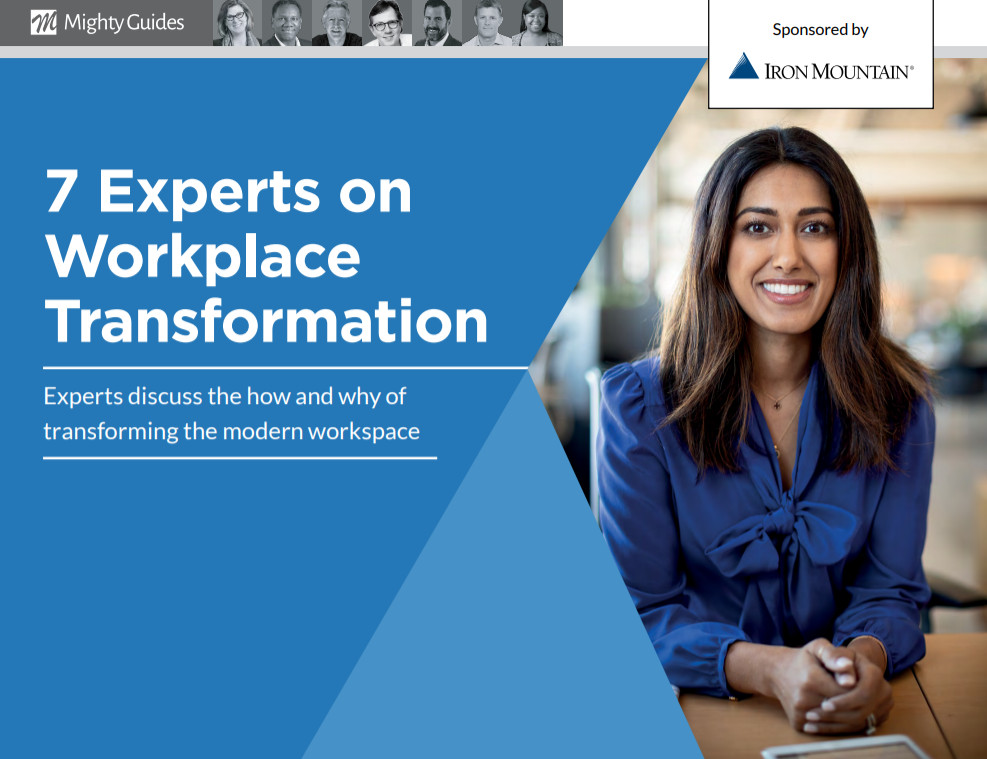
Christian A. Bigsby, Vice President, Workplace Resources, Cisco Systems
“With physical distancing an expected norm for the near future, we must spend less time
thinking about density and more time asking what we are using the space for.”
For quite some time, density was a lever we could pull to create a level of financial efficiency in our floor plates. With physical distancing, an expected norm for the near future, we must spend less time thinking about density and more time asking how we are using the space. Is this space for an individual’s heads-down, focused work? Is this space facility tethered, where an employee must be in a place because that’s where the materials he or she is working with are located?
Or, is this about more ritualistic behavior—that is, about human connections, about how people collaborate and work together, how they eat together? If we can better understand how the space is being used, we can take steps to set it up appropriately and control it. Then, we can establish protocols to keep people virtually connected while physically separated.
As a peer and I were discussing the other day, it’s probably going to be a compliment when someone tells you that your building smells like a dentist’s office. Such a statement used to be applied to an institution, but now, you want your space to inspire confidence. People want to know that everything is being cleaned. We have a multisensory experience of a clean, safe building.



